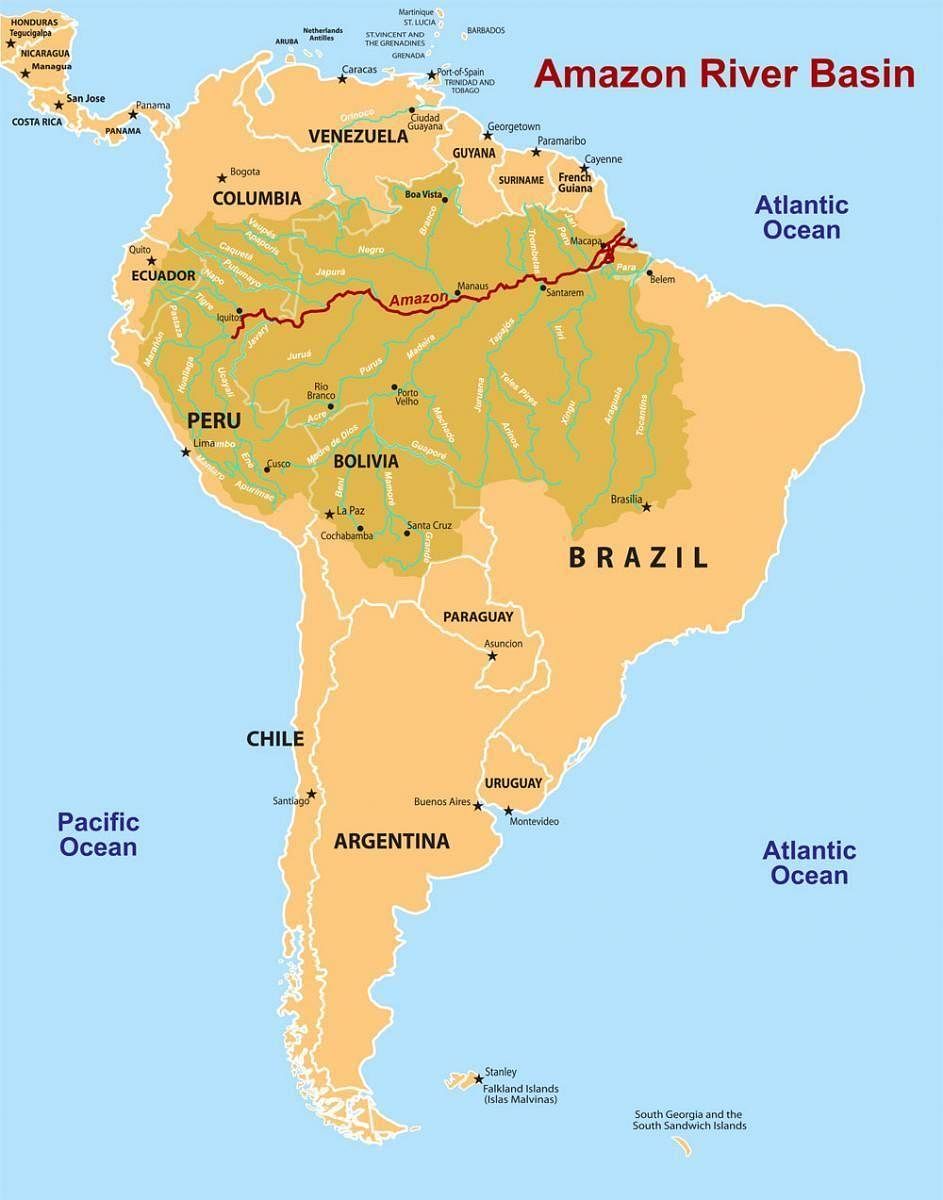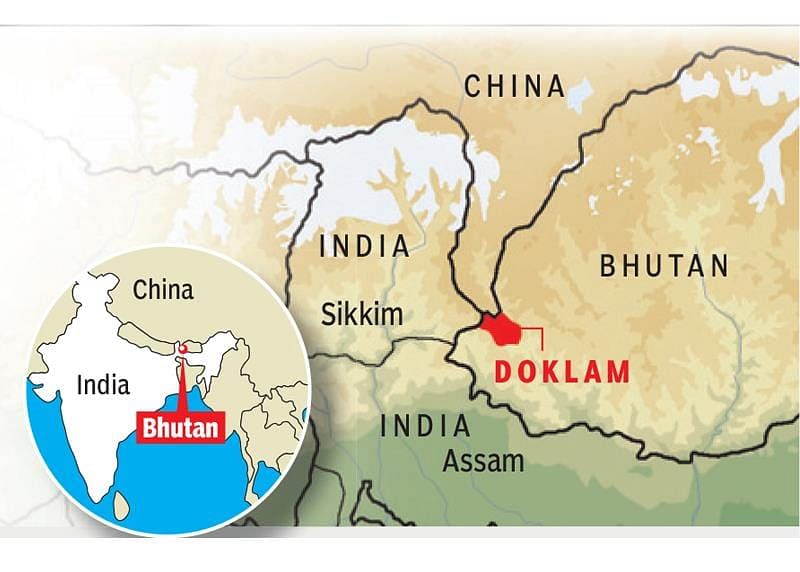UPPSC Prelims (GS I) Mock Test - 8 - UPPSC (UP) MCQ
30 Questions MCQ Test - UPPSC Prelims (GS I) Mock Test - 8
Which one of the following places has the lowest rainfall during the South - West Monsoon?
What type of license has Mswipe Technologies obtained from the Reserve Bank of India (RBI)?
An object in which no light rays can pass through is called:
East Uttar Pradesh first Cable Car Service has started in which of the following district?
Direction: Given below are two statements, one labelled as Assertion (A) and the other labelled as Reason (R). Select your answer from the following options.
Assertion (A): Oceanic salinity is low in the equatorial region.
Reason (R): Equatorial region is characterized by heavy rainfall, cloudiness, and humidity.
The Phillips Curve represents relationship between:
Which among the following should be incorporated in the principles of sustainable development?
(A) Conserve the earth's vitality and diversity
(B) change in personal attitude and practices towards the environment
(C) Stop the utilization of natural resources.
(D) Improve the quality of human life.
Which of the following statements is correct for fibres?
According to the Constitution of India, which one of the following statements is not correct?
Mount Krakatoa is located in which among the following countries?
Which of the following reports defines sustainable development as development that meets the needs of the present generation without compromising on the ability of future generations to meet their own needs?
In which of the following protected areas are mangrove forests found?
- Seshachalam Hills biosphere reserve
- Periyar wildlife sanctuary
- Sunderban Biosphere Reserve
- Cauvery wildlife sanctuary
Select the correct answer using the codes given below.
Given below are two statements, one labeled as Assertion (A) and the other labeled as Reason (R).
Assertion (A) : Sunflower oil is rated as good quality edible oil.
Reason (R) : It contains high amount of unsaturated fatty acids.
Select the correct answer from the codes given below:
Code:
Which one is the largest district in Uttar Pradesh (area wise)?
In which year was the Water Pollution Prevention and Control Act implemented?
Which of the following countries form a part of the Amazon river basin?
- Brazil
- Colombia
- Venezuela
- Argentina
- Uruguay
Select the correct answer from the code given below.
With reference to the Indo-Greek Rule, consider the following statements:
- The first to invade India were the Greeks, who are called the Indo-Greeks or Bactrian Greeks.
- At the beginning of the second century B.C. the Indo-Greeks occupied a large part of southern India.
Which of the above statement is/are correct?
Which of the following statement is correct?
I. The average height of the troposphere is 13 km.
II. Fog and hailstorm occur in the troposphere.
‘Dohad Yellow’ is improved variety of which crop?
Which of the following statement regarding Rashtrakuta rulers is incorrect?
In the following which is not a Cold Ocean current-
What is the maximum number of ministers that can be part of the Union Cabinet of India?
Which of the following statements are true regarding Kanger Valley National Park:
Statements:
1. The name of Kanger Ghati National Park is derived from the Kangar river.
2. This National Park is home to three caves – famous for their amazing geological structures of Kutumbasar, Kailash and Badami Caves.
The salaries and allowances of the Speaker of Lok Sabha and the Chairman of Rajya Sabha are drawn from ___________.
Consider the following statements :
Statement-I : Marsupials are not naturally found in India.
Statement-II : Marsupials can thrive only in montane grasslands with no predators.
Which one of the following is correct in respect of the above statements?






















